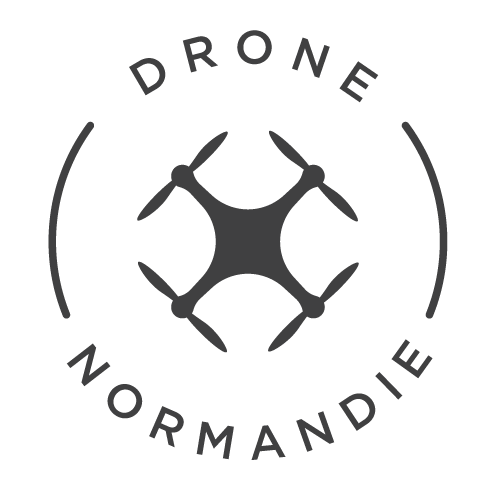Normandy, with its majestic coastal landscapes, picturesque fields and historic towns like Caen, offers an ideal setting for drone photography and videography. These increasingly sophisticated flying machines are transforming the way we capture images, opening up unprecedented new perspectives. But what does the future hold in terms of technical developments in drone photography and videography?
Image quality improvements
Image quality has always been a crucial factor in photography and videography, and drones are no exception. The latest technological advances have enabled drones to capture high-resolution images, but progress doesn’t stop there.
Future drones could incorporate even more powerful image sensors, capable of capturing greater detail and color nuances. This would enable photographers and videographers to capture the richness of Normandy’s landscapes, from the beaches of Omaha Beach to the cobbled streets of Caen, with unprecedented precision.
Drone manufacturers could also integrate image enhancement technologies, such as artificial intelligence, to automatically optimize image parameters according to light conditions and the subject. This technology could help guarantee perfectly balanced images, even in difficult lighting conditions.
Advances in camera stabilization
Camera stabilization is an essential aspect of drone photography and videography. Today’s drones mainly use three-axis gimbal systems to stabilize their cameras. However, future drones could use more advanced stabilization technologies, such as optical or digital systems, to guarantee even more stable images.
Improved stabilization will enable us to capture smoother videos during fast movements or tight turns, ideal for filming sporting events or action scenes in Caen or elsewhere in Normandy.
Developments in flight autonomy and obstacle detection
Flight autonomy and obstacle detection are two other areas of development for drones. New generations of batteries and more efficient power management algorithms could enable drones to fly longer, giving more time to capture the perfect shot.
When it comes to obstacle detection, future drones could use more sophisticated technologies, such as lidar or computer vision, to navigate safely even in complex environments. This would be particularly useful for flying in densely populated or wooded areas in Normandy.
Integration of augmented and virtual reality
Finally, the future could see the integration of augmented reality (AR) and virtual reality (VR) into drone technology. Drones equipped with
Integration of augmented and virtual reality (continued)
Drones equipped with AR or VR cameras could offer immersive experiences, allowing users to “fly” through Caen’s historic sites or over the Normandy coastline, all from the comfort of their own homes. It would also open up new possibilities for virtual tourism, interactive documentaries and education.
In addition, the integration of AR could facilitate drone piloting. For example, real-time flight information, such as speed, altitude or battery level, could be superimposed on the live image from the drone’s camera. This would enable pilots to remain fully informed of their drone’s status, without having to look away from the video image.
Implications for Caen and Normandy
These technological advances will have a significant impact on the way we capture images in Caen and Normandy. Improved image quality and enhanced stabilization will capture the region’s landscapes and historic monuments with unprecedented detail and clarity. The extended flight autonomy will give photographers and videographers more time to create perfect shots. Improved obstacle detection will enable safe flight in more complex environments, opening up new areas for drone exploration.
The integration of augmented and virtual reality in drones could transform the way we explore and learn about Caen and Normandy. It could enable virtual tours of historic sites, giving people from all over the world the chance to discover the richness of Normandy without leaving their homes. It could also serve as an educational tool, allowing students, for example, to virtually fly over the D-Day landing beaches while learning about the events of the Second World War.
The future of drone photography and videography in Caen and Normandy is exciting. Technological advances will continue to push back the boundaries of what we can capture and offer new perspectives on this region. Whether capturing the magnificent sunrises over the Normandy coastline, the bustling streets of Caen, or taking a virtual tour of historic sites, drones will play an increasingly important role in the way we document and discover Normandy.

